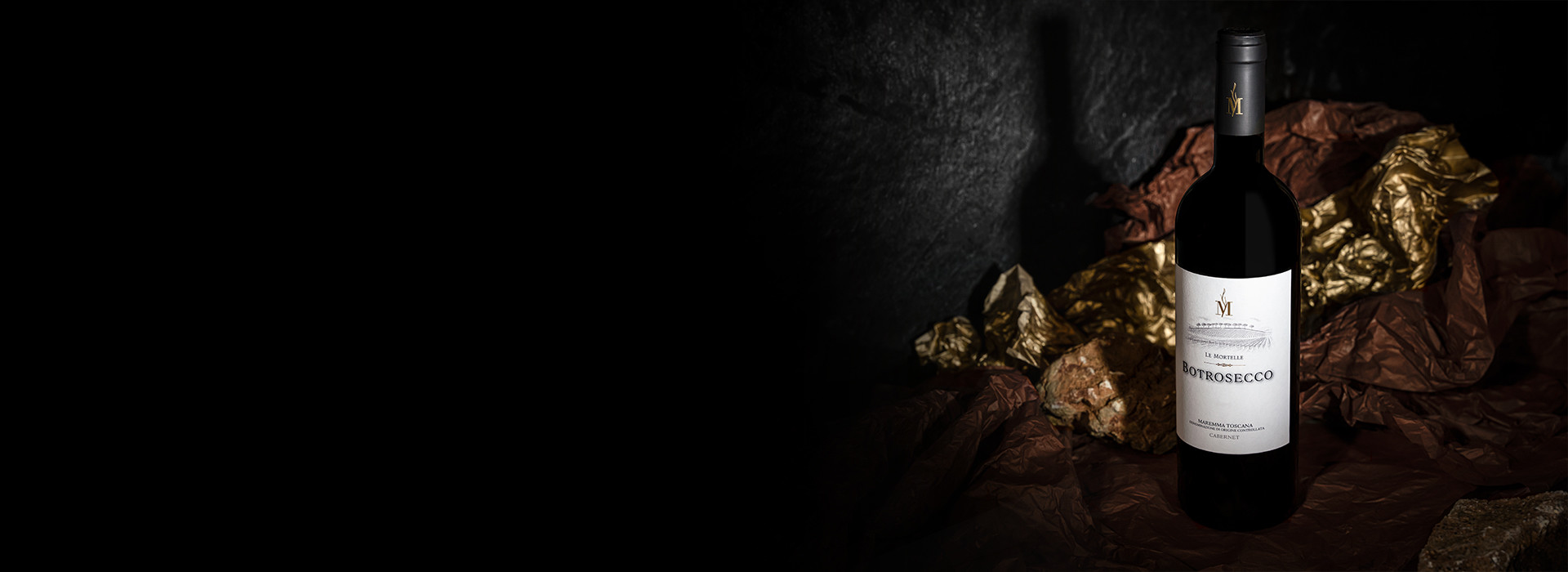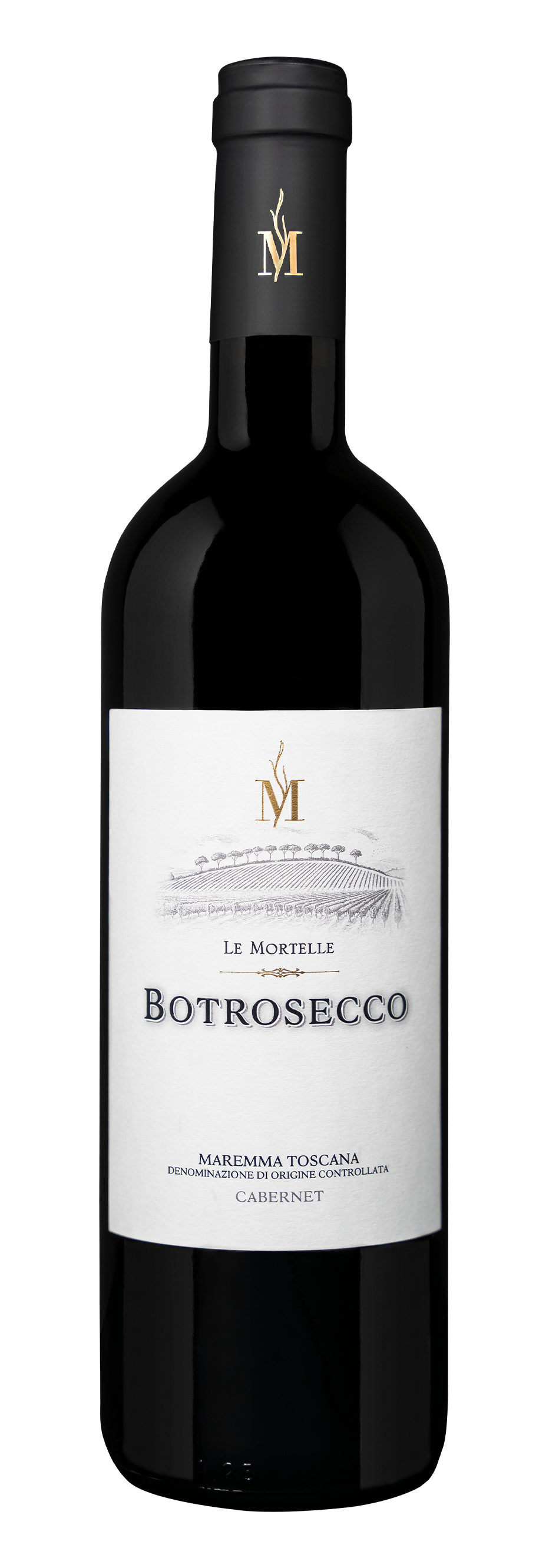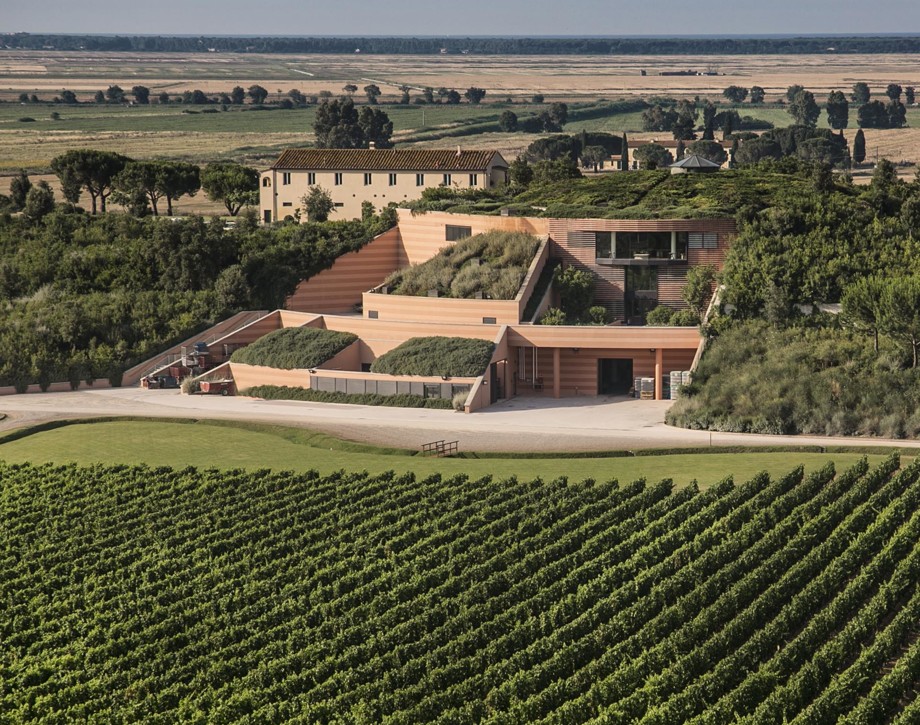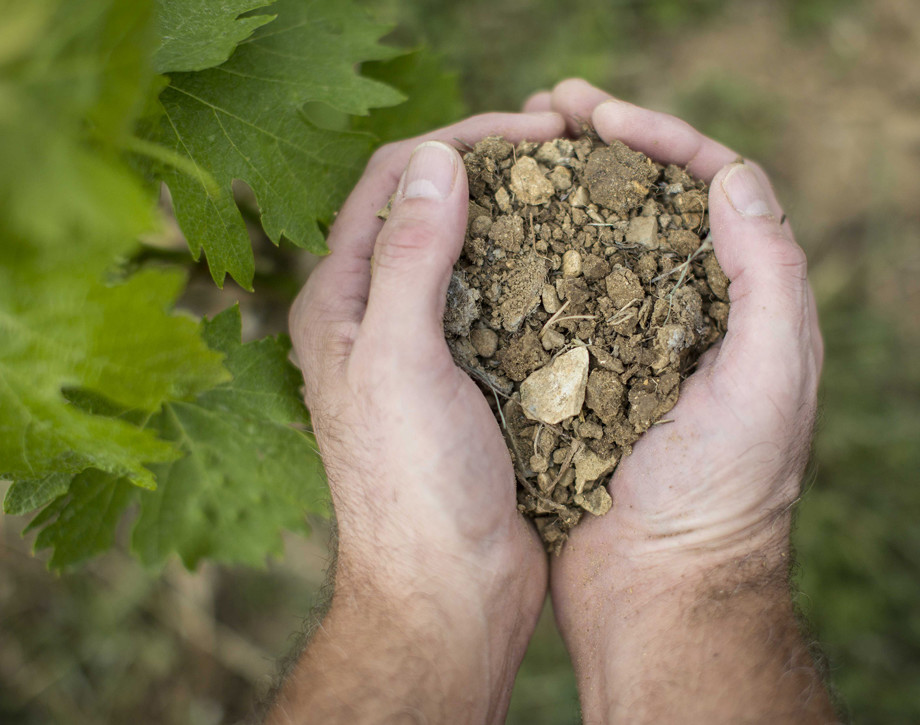Botrosecco

Climate
Winter 2011, mild and quite rainy, assisted in creating good reserves of water both in the soil and in the estate’s two irrigation lakes. Bud break, in early April, was slightly early and cool weather from this period to early July, led to a regular development of vegetation. The second half of July and, especially, the month of August were very hot, and a severe selection of the grapes during the harvest was necessary to eliminate berries which were either not completely ripe or raisined. Parcel by parcel picking and a double passage through the vineyard gave us, nonetheless, fragrant wines with quality tannins.
Vinification
The grapes were selected during picking, then destemmed and pressed in the cellar. The must went into stainless steel tanks and was chilled to 46-50° Fahrenheit (8-10° centigrade) during the first 4-5 days to achieve greater fragrance and integrity of fruit. Fermentation took place at 77° Fahrenheit (25° centigrade) and lasted fifteen days; soft extraction techniques were used to enhance suppleness of tannins. After being run off its skins, the wine went into stainless steel tanks and finished its malolactic fermentation by the end of the year. It was then racked into small oak barrels, where it aged for twelve months and was bottled at 14° alcohol. A period of bottle aging preceded release.
Historical Data
The Fattoria Le Mortelle estate is located in the heart of the Tuscan Maremma just a few kilometers away from the town of Castiglione Pescaia in an extraordinary and fascinating position both in terms of its natural setting and the history of the area which surrounds it. The Antinori family has always been present in the zone. A property act of 1863 mentions, among other possessions, Poggio Franco, one of the highest quality vineyard plots of the estate, along with other landed parcels. Since 1999, the family has worked both on the vineyards and on new cellars, convinced that this part of Tuscany, already gaining much visibility in the overall Italian viticultural picture, had a very important potential for quality wine. And that here it was possible to express, at a high level, both the characteristics of the terroir and the grape varieties to be cultivated. The estate extends over some 675 acres (270 hectares), 432 of which (175 hectares) are planted to vines Cabernet Sauvignon and Cabernet Franc, along with the more recently planted white varieties (Vermentino, Ansonica, and Viognier) and a small percentage of Carménère. The soil, of medium consistence, sandy and loamy, has a composition principally of clay and silica and, in certain zones, is rather stony as well.
Tasting Notes
The aromas are intensely minty and show sweeter notes of ripe red berry fruit and spices as well. The wine is velvety on the palate, savory and solid with a vibrant finish and a fruity aftertas.

The Wine
Botrosecco is made from a blend of Cabernet Sauvignon and Cabernet Franc, an intriguing, decisive wine with great balance expressing the unique characteristics of the Maremma territory.

Climate
Winter 2011, mild and quite rainy, assisted in creating good reserves of water both in the soil and in the estate’s two irrigation lakes. Bud break, in early April, was slightly early and cool weather from this period to early July, led to a regular development of vegetation. The second half of July and, especially, the month of August were very hot, and a severe selection of the grapes during the harvest was necessary to eliminate berries which were either not completely ripe or raisined. Parcel by parcel picking and a double passage through the vineyard gave us, nonetheless, fragrant wines with quality tannins.
Vinification
The grapes were selected during picking, then destemmed and pressed in the cellar. The must went into stainless steel tanks and was chilled to 46-50° Fahrenheit (8-10° centigrade) during the first 4-5 days to achieve greater fragrance and integrity of fruit. Fermentation took place at 77° Fahrenheit (25° centigrade) and lasted fifteen days; soft extraction techniques were used to enhance suppleness of tannins. After being run off its skins, the wine went into stainless steel tanks and finished its malolactic fermentation by the end of the year. It was then racked into small oak barrels, where it aged for twelve months and was bottled at 14° alcohol. A period of bottle aging preceded release.
Historical Data
The Fattoria Le Mortelle estate is located in the heart of the Tuscan Maremma just a few kilometers away from the town of Castiglione Pescaia in an extraordinary and fascinating position both in terms of its natural setting and the history of the area which surrounds it. The Antinori family has always been present in the zone. A property act of 1863 mentions, among other possessions, Poggio Franco, one of the highest quality vineyard plots of the estate, along with other landed parcels. Since 1999, the family has worked both on the vineyards and on new cellars, convinced that this part of Tuscany, already gaining much visibility in the overall Italian viticultural picture, had a very important potential for quality wine. And that here it was possible to express, at a high level, both the characteristics of the terroir and the grape varieties to be cultivated. The estate extends over some 675 acres (270 hectares), 432 of which (175 hectares) are planted to vines Cabernet Sauvignon and Cabernet Franc, along with the more recently planted white varieties (Vermentino, Ansonica, and Viognier) and a small percentage of Carménère. The soil, of medium consistence, sandy and loamy, has a composition principally of clay and silica and, in certain zones, is rather stony as well.
Tasting Notes
The aromas are intensely minty and show sweeter notes of ripe red berry fruit and spices as well. The wine is velvety on the palate, savory and solid with a vibrant finish and a fruity aftertas.

Fattoria Le Mortelle
The Mortelle estate is in the heart of Maremma in Tuscany, near the town of Castiglione della Pescaia set in an extraordinary and fascinating position both for the territory’s unparalleled natural beauty and its historical heritage and culture. The Antinori family has been part of this territory for generations. Evidence of ownership of land in this area is recorded on a property deed dated 1863. It states their ownership of Poggio Franco, one of the best vineyards on the estate, together with other parcels of land. Since 1999, when the property was acquired, the family has dedicated their efforts to improving the vineyards and building the new winery with the firm belief that this area, slowly emerging on the Italian viticultural horizon, has great potential for the production of high quality wines. Varieties grown in this area can fully express their own characteristics as well as the exceptional qualities of the terroir. The property extends over an area of 270 hectares (667 acres) 175 of which (432 acres) are planted with vineyards of Cabernet Sauvignon, Cabernet Franc and other more recently planted vineyards with white grape varieties such as Vermentino, Ansonica, Viognier and a small parcel of Carménère. The soil is of medium consistency, sandy and loamy composed of clay and silica and in some parts of the estate is rich in rocky deposits.

Soil
Calcareous clay soil with abundant very fine gravel.


















